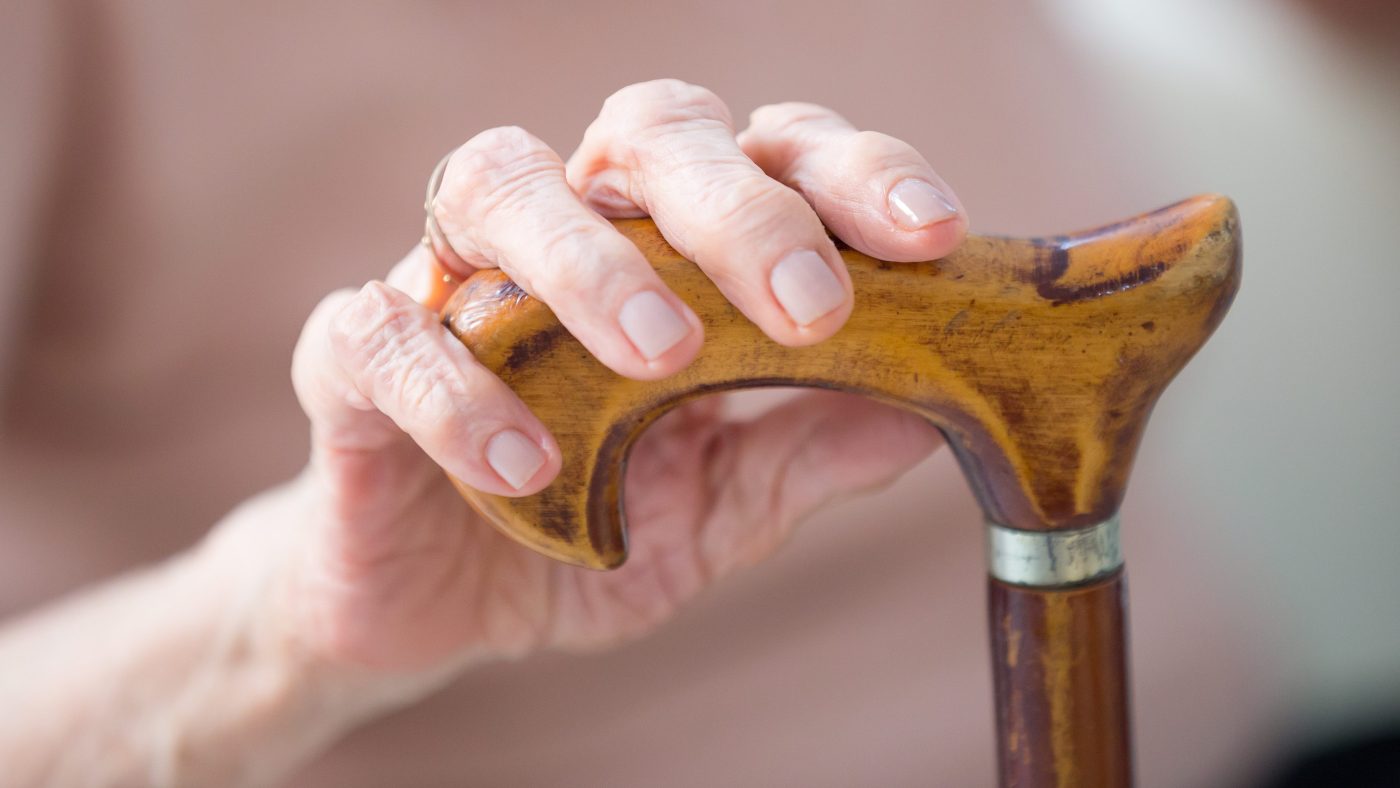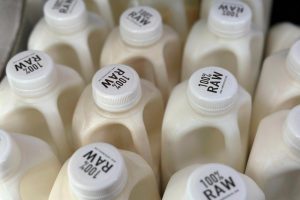
F.D. Flam: The oldest Olympians might hold the key to slowing aging
Olympic competitors over 40 are inspiring — and less of a rarity than they used to be. Scientists say athletes with extreme staying power may be that way due to molecular-level advantages. Studying those could further the quest to understand and slow down the ravages of human aging.
In Paris, the very oldest competitors showed up in the shooting, table tennis and equestrian events. And there were middle-aged folks in golf, beach volleyball, cycling, sailing, rowing and fencing — not to mention skateboarding, where Andy Macdonald, a 51-year-old dad in cargo pants, and graying 49-year-old legend Dallas Oberholzer, held the crowd spellbound. They all notched clear victories over ageist stereotypes — and maybe even time itself.
Russell Hepple, a professor in the physical therapy department at the University of Florida, told me he is studying people who’ve persisted in sports even into their 80s and 90s hoping to understand how they do it.
There’s more funding for studies of centenarians, he said, but he thinks there’s more potential benefit in studying subjects with athletic longevity — like Ed Whitlock, who in his 70s ran multiple marathons in under three hours; the people who compete in the Boston Marathon’s 80+ category; or the woman who could still sprint, long-jump and hurl the shot put into her 90s. What he’s interested in is not just extending life, but extending the healthy, highly functional part of life.
Hepple’s lead collaborator on the project is his wife, Tanja Taivassalo, an associate research professor at the university. He said the project was inspired by her extraordinary father, who has twice won the Boston Marathon in the 80+ category. So far, they’ve collected just a small group of subjects — 15 people who are still competitive after age 75. But all of them are at the world championship level in their age groups. Some of his subjects have died in their 80s and 90s, but continued to compete until the last weeks or even days of their lives.
In one of their studies, they found that these super-agers had an abundance of hundreds of different proteins compared to normal agers. Some of the proteins were already associated with athletic performance, but the connection others might play isn’t yet known. Eventually, they want to tease out which differences are caused by long-term strenuous workouts, and which are genetic gifts that might be possible to copy with drugs.
One of the big areas of focus today are tiny structures called mitochondria — the power plants of the body. They have their own DNA and a sort of life of their own — thousands of them live and die inside our cells. Scientists think animals acquired mitochondria from tiny bacteria that invaded early cells and developed a symbiotic relationship with us.
In recent studies, he said, scientists have found that as people age they lose the ability to clean up a metabolic byproduct called kynurenine — which is associated with physical and cognitive decline. It’s the mitochondria that normally do this critical job.
When the mitochondria are abundant and in working order, people not only have their maximum strength, they also have their most precise control between the muscles and the brain, said Luigi Ferrucci, a researcher at the National Institute on Aging. “The master athletes are people that maintain harmonic integrity in multiple systems in the body,” he said.
As you age, the number of mitochondria in your cells declines, but that happens much more slowly in people who continue to do strenuous exercise. They’re able to activate what Ferrucci calls mitochondrial biogenesis. In this process, old mitochondria die and get cleared from your cells and are replaced by new ones. As we get older, the sentinels that normally flag malfunctioning mitochondria grow lax, causing us to lose both the quality and quantity of our microscopic power plants.
The immune system also starts to malfunction more as we get old. If you’re over a certain age and sedentary, he said, and you suddenly decide you’re going to run three miles on a Sunday morning, your body will produce a flood of inflammatory cytokines — immune molecules that will make you feel sore the next day. But if you run a little on most days, your baseline level of inflammatory cytokines will drop, along with your risk of chronic disease.
In the future, perhaps researchers will find personalized drugs that can keep our mitochondria refreshing themselves and keep inflammation in check. In the meantime, Hepple said, there are too many empty and confusing promises on the supplement shelves.
Garry Palmer, who runs a sports performance center in Cannock, England, said the people who succeed in staying in the game for decades find it enjoyable; the idea of “no pain, no gain” should go in the trash, replaced with listening to your body and knowing when to take a break.
Aging isn’t a steady downhill slide. Instead, it offers plenty of opportunities for periods of improvement and growth, as well as learning new techniques and skills.
Better training and equipment is already allowing Olympians to compete for longer. And as scientists learn more, what looks like extreme staying power now might one day start to appear ordinary.
F.D. Flam is a Bloomberg Opinion columnist covering science. She is host of the “Follow the Science” podcast.


